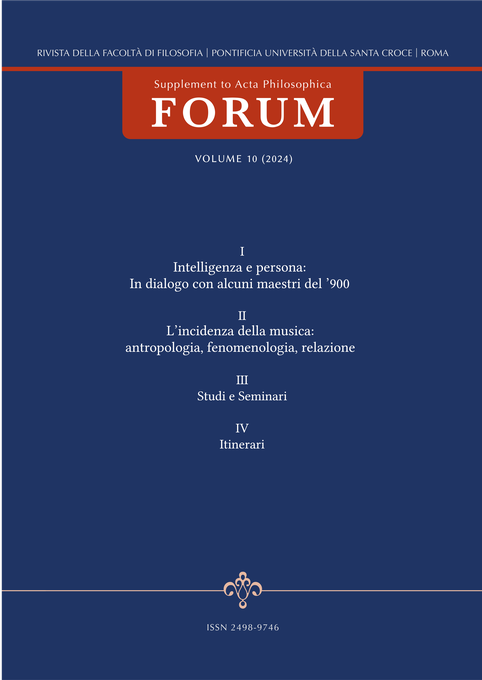Form, Truth and Interpretation. Vattimo, Eco and the Lesson of Pareyson
DOI:
https://doi.org/10.17421/2498-9746-10-04Keywords:
Luigi Pareyson, Umberto Eco, Gianni Vattimo, Truth, Interpretation, FormAbstract
In his hermeneutics Luigi Pareyson fixes the reciprocal involvement of two instances, truth and interpretation, inseparable and irreducible from each other. Similarly, in the theory of formativity, Pareyson indicated two principles, the forming form and the formed form, and explained how interpretation in aesthetics should not rigidly adhere to the work as it appears at the end of the production process, but should re-actualise the spirit that guided its formation. By relating the two terms of Pareyson's hermeneutics (truth and interpretation) to the two instances of his aesthetics (forming form and formed form), it is possible to grasp the differences between the master and two of his best-known students: Umberto Eco and Gianni Vattimo. Going back to Pareyson's hermeneutic model thus allows us to observe similarities and differences between some of the most relevant positions in the debate that, even in recent times, has seen realists and anti-realists opposed.



